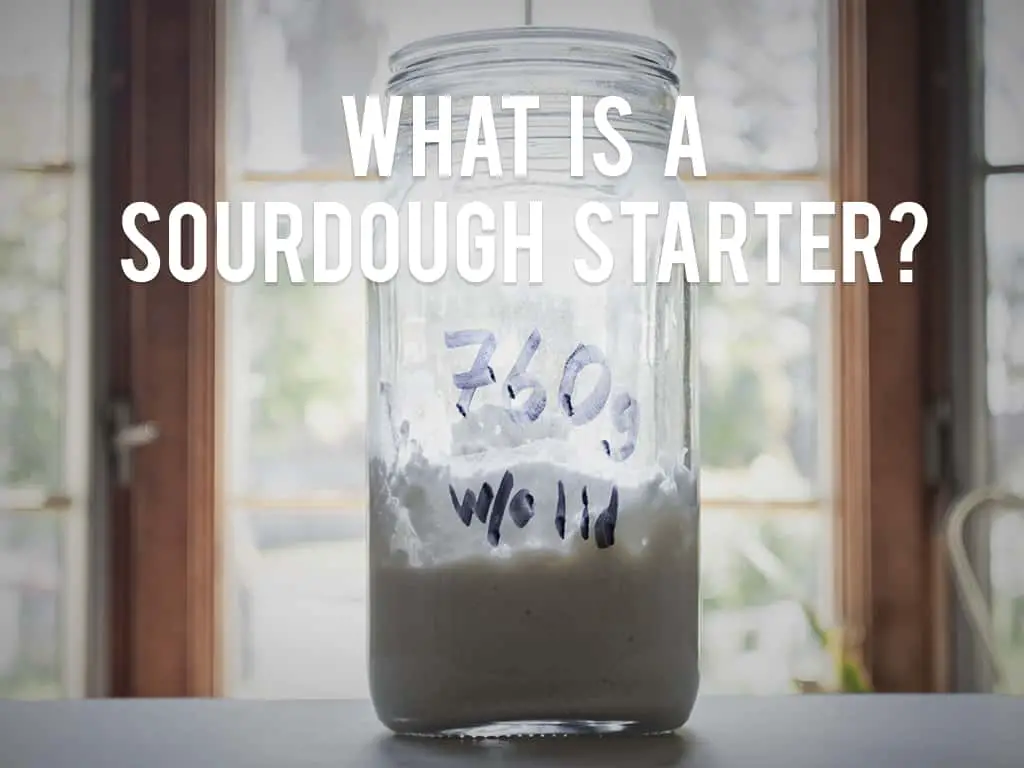If you’re somewhat new to baking artisan bread, and if you’re anything like I was when I first started baking, it is highly likely that a sourdough starter seems like magic. It reminds me of old proverbs about magic jars that would produce food forever if you weren’t too greedy to use more than you need. Thankfully, sourdough isn’t magic and we don’t have to worry about a wicked stepmother stealing it and locking us in a dungeon.
But if it isn’t magic, then what is sourdough starter made of?
Sourdough starter is made up of three ingredients: flour, water, and naturally occurring yeast cultures. Which means starter is a natural leavening agent that produces a rise through wild yeast instead of commercially selected varieties.
How is it Made?
The harvesting process is a simple process that involves creating an environment that already has yeast and bacteria in it and providing the right nutrition needed for both to thrive in.
There are several ways to do this but when speaking of a sourdough starter, one typically uses flour and water to create a dough that becomes the environment that collects natural wild yeast. There are already some levels of yeast present in flour, and more will find a home there over time. Once an environment of dough is made, adding water and flour periodically for “food” over the course of a few days is all that is needed to harvest and collect enough wild yeast and bacteria for the dough to become sour. Hence the name, sourdough.
At the sour stage, yeast and bacteria are finding a rhythm together and will eventually find a balance. Once a balance is found, if a regular feeding of water and flour is kept up, a small portion of this sourdough can be used to start a new loaf of sourdough bread indefinitely. Which is why it is commonly called a sourdough starter, or simply a starter. As long as you leave a little bit behind each time you bake, you’ll always have what you need to start another batch.
Think of it like the 20 cats that hang around your aunt’s house. It probably started with just one stray cat and a harmless handful of cat-food outside her front door. Admit it, everyone has a family member or neighbor doing this (or maybe it’s you, we love you just the way you are), and we all know it isn’t stopping at 20. Like cats, if you feed yeast they will come! And as long as you keep feeding them, they will stay and more will come.
And in a way, a sourdough starter is more like a cat than an ingredient. People even call it their pet, and some folks name it because it feels like part of the family. The schedule at which you have to feed it depends on your frequency of baking. If you’re a daily baker you’ll need to feed your starter daily to have enough supply to keep up with your demand. However, it is a bit of a myth in the sourdough starter world that you have to feed it or discard some of it every day. This simply isn’t true. Check out what our feeding schedule often looks like in our youtube video.
Want to Go a Bit Deeper?
If you’d like a lot more detail on what a starter is and how it differs from commercial yeast, check out Carrie’s post, What is the Difference Between Yeast and Starter.
Or if you’d like our recipe for how to make a sourdough starter, you can find that here, Starting a Sourdough Starter.

